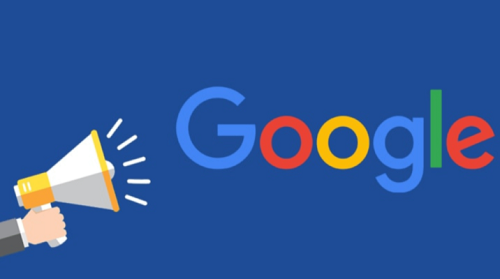How to Optimize for People Also Ask Results
Have you ever searched for something on Google’s SERP and bumped into a section featuring related questions to your search intent? That section is referred to as the People Also Ask (PAA) box.
They are accordion boxes that have closely related phrases to the topic. These questions are an indication of Google’s understanding of the topic. And, it features content that answers the search query most effectively.
Not all search queries generate People Also Ask boxes. In most cases, Google only generates these question boxes for the most popular searched terms on the SERP. The narrower the search phrase, the less likely it is to appear in the question boxes.
Go through our guide and discover how to optimize your content for Google’s People Also Ask boxes.
What are People Also Ask Boxes?
The People Also Ask boxes on Google are sets of direct answers that are closely related to the searcher’s intent. They appear on the first page of Google. Upon clicking on the box, they expand to supply more answers from trusted entities.
When a person clicks on a question related to the initial query, Google produces more related questions that are added below. Every question is centered around the same topic.
When you go through the sources from the related questions, you will notice they are drawn from the most popular results from a search. A good example is if you are searching for the best smartphone. Google will generate related questions in accordion boxes that contain answers similar to the search intent. The PAA will feature questions of whether you prefer iPhones or Android phones, the phone with the best specs, and a list of the latest releases.

How the Questions are Generated
It is interesting to see how the algorithm creates a list of questions for a search query. The PAA boxes are not sequenced as part of the results of the search. They are ordered. So, at least some of the priority seems to come from the strength of the content.
It goes without saying that the quality of your page matters a great deal. And, it probably has some bearing on which content makes it in the boxes more than the algorithms that Google uses. The more concise, disambiguated, and informative your content is, the more likely Google bots will choose to use your content over other websites.
How to Get featured on People Also Ask Boxes
Google updates its algorithms often, so you should use this strategy with a pinch of salt. One of the biggest ways of getting featured on a snippet is having authority. This can be established through link-building and link-sharing with competitors in your market. You can also improve your overall website by writing in-depth content that covers a number of related questions.
Some search engine optimizers add a table of contents at the top of the page. This helps create jump-links to the section of the page that answers the question. Google is able to pick this up and, from the search result, skip to the part that answers the question.

Does Schema Help you get Featured on PAA boxes?
A lot of expert tipsters on SEO suggest that the mere inclusion of schema codes will help your content appear on People Also Ask boxes. Our research has found that there is no correlation between webpages that have schema code and the content that appears on PAA boxes.
Results indicate that you don’t need schema code to feature in a People Also Ask snippet. This is because there are plenty of pages that have been featured that do not have the schema code. The alternative is also true, you can have FAQ and Q&A schema and still be picked up. The trick is to make sure that the answer to the question is succinct, disambiguated, and answers the search intent.
Why is it Important to Get Featured on People Also Ask Boxes?
If you want to enjoy additional exposure in search results, it’s in your best interest to optimize your content to get featured in quick-answer boxes. Appearing in People Also Ask boxes drives organic traffic to your website by having a link to more information on a topic the searcher is already looking for.
On the other hand, this helps build your site’s authority on a certain subject matter by being one of a few chosen to provide answers to common questions. Ultimately, trying to figure out how this algorithm works is a hit and miss process.
However, this is something that will help you with your overall marketing strategy. Therefore, you want to achieve a few important goals with your content, which includes developing a one-stop resource, creating links, getting additional exposure in SERPs.
More Helpful Guides to Improve your Website
- CTR Manipulation 2020
- Understanding User Intent – How to Create a Website for Users
- Is Lengthy Content Important in SEO?
- Content Black Hat SEO Explained – 5 Techniques to Avoid
- How to Create Quality SEO Content?
- On Page Optimization with Textmetrics
- Absolute vs Relative URL – Which One is Better to use?
- Internal Linking: Is “Link Juice” Still Important?
- Relationship Between SEO and Social Media
- Most complex SEO issues webmasters face and they can be fixed


